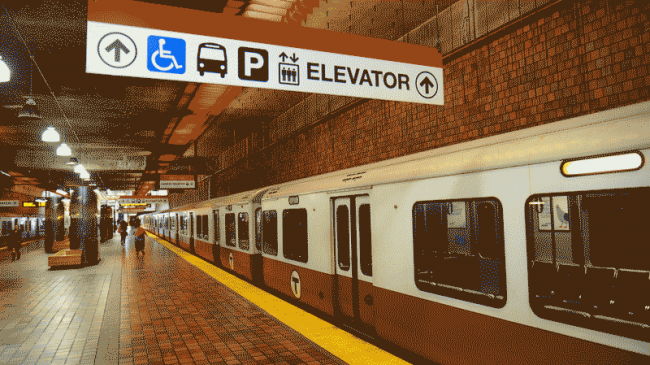Now that the Washington Metropolitan Area Transportation Authority (WMATA) commonly referred to as Metro has implemented its ‘SafeTrack’ plan to attempt to fix the numerous problems with its tracks, it’s time to address whether WMATA is drastically underfunded as some rail boosters claim. The short answer is “No”. Using data from the national transit database, in which all transit agencies are required to report their ridership and revenue as a condition of getting federal funds, we can determine that WMATA actually receives more total funding and farebox revenue than most systems its size.
Table 1 shows the total funding for each system. This includes farebox revenue, direct government subsidies and directly generated revenue (from advertising or park and ride). Table 2 shows the population in the transit service zone, unlinked passenger trips and total funding.
Table 1: Total System Funding
| City | Rail Service | Tax Funds | Farebox | Other Funding |
| Washington D.C | WMATA | $1,230.0M | $746.3M | $125M |
| Boston | MBTA | $1,727.0M | $576.9M | $55.6M |
| Chicago | CTA | $1,205.0M | $587.1M | $89.2M |
| New York City | MTA | $328.6M | $4,134.0M | $216.7M |
| Philadelphia | SEPTA | $1,040.0M | $476.7M | $34.8M |
| San Francisco | BART | $910.4M | $415.7M | $152M |
Table 2: Transit Agency Characteristics
| City | Rail Service | Transit
Database Code |
Service Area
Population |
Unlinked Passenger Trips | Total
Funding |
| Washington D.C | WMATA | 30030 | 3,719,567 | 411.3M | $2,101M |
| Boston | MBTA | 10003 | 4,181,019 | 409.2M | $2,360M |
| Chicago | CTA | 50066 | 3,425,958 | 514.2M | $1,881M |
| New York City | MTA | 20008 | 8,491,079 | 3,545.2M | $4,679M |
| Philadelphia | SEPTA | 30019 | 3,361,074 | 347.2M | $1,552M |
| San Francisco | BART | 90003 | 833,762 | 125.8M | $1,478M |
While all three types of revenue are real money, the loudest cry is for more direct subsidies particularly from federal taxpayers because according to this logic residents of Boise should subsidize those who live in the DC region. For direct funding aka taxpayer subsidies, WMATA receives the second highest total of any of the six comparison legacy rail cities after MBTA in Boston. And considering WMATA serves a slightly smaller service area, (Prince William and Loudoun counties in Virginia are part of the DC statistical population area but not the WMATA service area) WMATA funding is in line or slightly higher than the average funding for each of the major U.S. heavy rail systems. This is the only type of revenue that’s outside WMATA’s control.
If WMATA really needs more funding it can tap several other sources of revenue that it does control. WMATA ranks third highest after MTA in New York and BART in San Francisco at directly generated revenue. WMATA charges for parking at all of its stations on weekdays but has not taken full advantage of P3s to build commercial development around stations. While the agency is entering into more development deals, there is more potential for WMATA to augment its revenue in this area.
Another type of funding WMATA can control is fare revenue, which it has managed well. WMATA uses distance based and time of day based fares that charge riders a fare price based on when and how far they travel. The agency could charge a slightly higher rate for the elderly who pay only 50% of the fare others pay. The elderly receive a discount because many elderly are in retirement on a fixed-income and society is provided them a public service. But most Washington region retirees can afford to pay full fare and it is not the transit agency’s job to serve as social service provider.
So is WMATA drastically underfunded? No. Can WMATA maximize the revenue it manages (farebox, directly generated)? Yes. So is there a real issue here? No. In fact many smaller transit agencies (likely more than 300) around the country would love to have WMATA’s insufficient revenue problems. The one remaining argument that rail boosters could make is that transit in this country is underfunded on all systems. There is some support for that position, but with all of WMATA’s problems ranging from shoddy maintenance to unions that won’t talk to each other, there is no public sympathy for any type of additional funding. If there was an argument for increasing funding, it would be for a system that is operating well. Metro needs to fix its basic problems before leadership comes crying for more funding.

